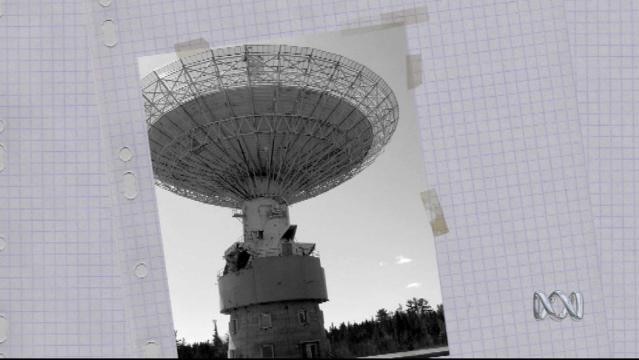Space to play or pause, M to mute, left and right arrows to seek, up and down arrows for volume.
SUBJECTS: Science
YEARS: 9–10
Did you know that some of the most ground-breaking scientific discoveries were made by chance (serendipity)?
Discover the link between static on a telephone line and the invention of the radio telescope that has helped scientists find new clues to the origin of the universe.
Things to think about
- 1.The universe is massive, to help understand it astronomers use telescopes. Optical telescopes (those with lenses) rely on visible light. How are these telescopes different to radio telescopes?
- 2.While searching for the cause of static, what discovery did Carl Janski stumble upon? What was the connection between stars and the static? According to the clip what is one way radio telescopes have helped our understanding of the universe?
- 3.Find an image displaying sources of the electromagnetic spectrum. Compare the wavelength and frequency of radio waves and visible light. Investigate how radio telescopes detect signals from deep space. Why is the shape and size of the dish important?
- 4.The discovery of radio waves from space was accidental. Can you find another space-related discovery that was accidental? What was the problem being solved that lead to a new technology or new knowledge being discovered? How has this accidental discovery had an impact on our everyday lives?
Date of broadcast: 17 Feb 2011
Copyright
Metadata © Australian Broadcasting Corporation and Education Services Australia Ltd 2012 (except where otherwise indicated). Digital content © Australian Broadcasting Corporation (except where otherwise indicated). Video © Australian Broadcasting Corporation (except where otherwise indicated). All images copyright their respective owners. Text © Australian Broadcasting Corporation and Education Services Australia is licensed under a Creative Commons Attribution-ShareAlike 4.0 International License (CC BY-SA 4.0).
Posted